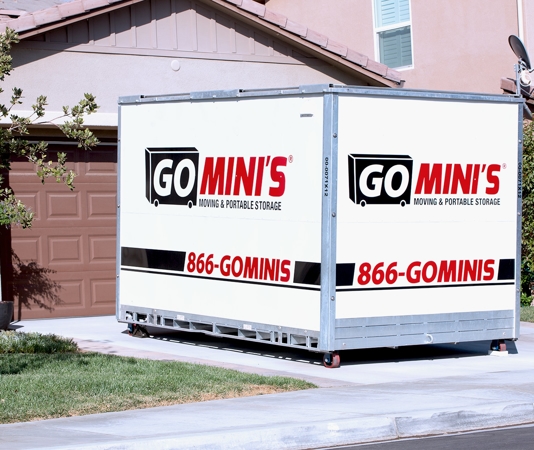Our houses are filled with furniture we love, collected through the years or passed down through family. When long-term storage becomes a necessity, you want to make sure your belongings stay protected. Use these tips to keep your furniture and soft housewares safe from potential stains and damage.
Choosing supplies
Picking out the right packing materials is an essential first step. Think about the cost as an investment in the longevity of your furniture. Otherwise, you might have to spend even more replacing what you've lost. Here's what to know about each material option.
Bubble wrap
Bubble wrap is always useful for small, breakable items, but it can be tricky with furniture. Keep it away from a finish you don't want to risk damaging. When you do use it, consider layering packing paper under the bubble wrap, so there's no direct contact.
Stretchable plastic wrap
Stretchable plastic wrap works great due to its clingy and stretchy nature. It can stretch around large or oddly shaped pieces, secure drawers or doors in place, and protect upholstered furniture from tears.
Moving blankets
Moving blankets are perfect for covering large surfaces like bookshelves or bed frames. It's also a great "scratch" barrier for larger furniture items like cabinets, tables, and more. Tuck blankets around furniture or use plastic wrap to secure, so your furniture stays safe, especially during transportation.
Furniture covers
Fitted slipcovers are often the best option for a mattress or couch. They'll best fit the shape and provide a seal to ensure full coverage.
Corrugated cardboard
Cardboard is a jack-of-all-trades when it comes to moving. It can act as additional coverage, absorbing the shock of bumps in the road, or even be turned into corner protectors.
Cleaning and Disassembling
Before you start wrapping, your furniture needs to be properly cleaned and disassembled. Disassembling your furniture as much as possible, especially large pieces, helps prevent damage and makes wrapping and storing easier. Cleaning your furniture ensures you aren't trapping dirt, debris, or stains that could lead to permanent damage.
Make sure to clean glass, wood, and upholstered fabrics. Use a furniture soap safe for your wood surfaces. Vacuum and use an antibacterial cleaner safe for fabrics. Make sure everything has time to dry before storing. You may also want to polish any metal accents to prevent oxidation.
When taking your furniture apart, sealable plastic bags are your best friend. Store hardware pieces in labeled bags you can tape to a larger piece for safekeeping. Whenever you can, remove drawers, table legs and glass elements from furniture before storing.
Ensuring protection
You've got your supplies and you've got everything cleaned. Now it's time to actually wrap, cover and tape your furniture up. Here are some best-practice tips for long-term storage prep.
- Make sure to fully cover any remaining exposed surfaces.
- If you can't remove furniture legs, wrap them in packing paper and bubble wrap.
- In some cases, you may want to wrap furniture in two layers of plastic to protect from insects and rodents.
- Be careful moving your furniture! Get help and the right equipment. Make sure it's fully protected and doorways are cleared before you start. You don't want to break something or injure yourself in the process.
Loading efficiently
How you load furniture for long-term storage is key to its longevity. Resist the urge to cram everything together or stack pieces on top of each other. You don't want a table leg slowly tearing into your upholstered couch over time.
For the best outcome, pick a storage unit with plenty of space for everything and disassemble furniture as much as possible. Lastly, try to store upholstered furniture in its natural position, the same as you would in your house, to avoid damage or misshaping.
Protecting from the elements
Long-term storage puts your furniture at risk of water and sun damage. Cover the floor with plastic sheeting to protect from moisture gathering on the floor. You can also cover furniture with additional blankets to protect from any water seeping in. Invest in a storage solution with an opaque roof, so the sun won't fade any fabrics.
Go Mini's storage containers offer more protection for your belongings
Our portable storage containers offer features designed to help protect your items throughout the moving and storage process.
Solid steel construction means our containers are more sturdy and less likely to be damaged during storms.
A solid metal roof helps to protect your items from excessive sun exposure and damage.
Ventilation on the containers helps reduce the build-up of moisture and humidity inside the container
A 6-inch ground clearance helps protect items from standing water in the event of heavy rain, but still offers easy loading and unloading.
Properly preparing your furniture for long-term storage is worth the time and effort. That includes finding the best storage solution. Only Go Mini's of Augusta offers the largest and most convenient options for the lowest price. Our portable storage units will keep your belongings safe and secure until you're ready to use them again. Get a free estimate today!





